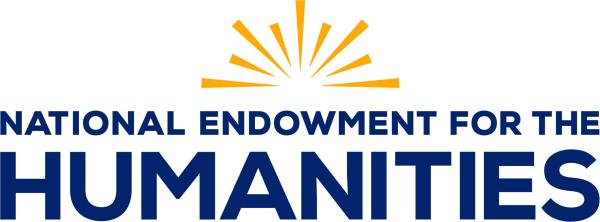Historians producing digital objects in the course of their work may be unaware of the need to provide means for their long-term preservation. Although many of us have assumed that digital objects are eternal, they are in fact subject to degradation and decay like any other artifact.
Should digital objects stored on a single server, CD, or DVD succumb to the process of “bit rot” (http://en.wikipedia.org/wiki/Bit_rot), they may be effectively compromised or even lost. Damage to storage media like CDs and DVDs can also compromise or eradicate data, as can the catastrophic failure of a server, or even a single disk drive in an array.
In the case of materials digitized from analog formats, the only recourse would be to re-scan them. Born-digital objects could only be recreated in toto.
In addition, digital objects created and stored on specific media may one day become unusable. For example, I presently have in my desk drawer approximately ten or twelve 3 1/2″ floppy disks containing notes for, and drafts of, my dissertation. I know of no computer on which I can open them.
Another, hypothetical, example concerns earlier materials that I created as an undergraduate student in the mid-1980s. These are of course long gone, but the point I am trying to make concerns the fact that I created them in a program called Word Perfect. If I had been prescient enough to migrate these files forward from the original 5 1/4″ floppy disks into newer formats, I would still be hard-pressed to find a machine with a copy of Word Perfect, able to read twenty-five year old files, installed on it.
The task of digital preservation thus includes preventing the loss of digital objects due to bit rot or the failure of storage media; preventing them from becoming stranded on obsolete media; and preventing their loss in obsolete, proprietary software formats.
This month Northern Illinois University Libraries, where I work, began work on a project funded by the Institute for Museum and Library Services (IMLS), investigating digital preservation options for medium-sized and smaller institutions. In submitting a request for support, my colleague Lynne Thomas (Curator of Rare Books and Special Collections at NIU Libraries) noted that many large institutions, including flagship state universities and well-endowed private institutions, have implemented long-term digital preservation plans supported by significant technical infrastructure and ongoing expenditures. This presents a challenge for institutions like mine, where we have created approximately six terabytes of digital data, as much as many large institutions, but have yet to address their long-term preservation due to budgetary constraints.
In subsequent posts I will discuss additional aspects of digital preservation, as well as the challenges and (hopefully) solutions that emerge from our project work.
This blog is reposted from one that originally appeared at http://drewvandecreek.blogspot.com/ on December 9, 2011.




